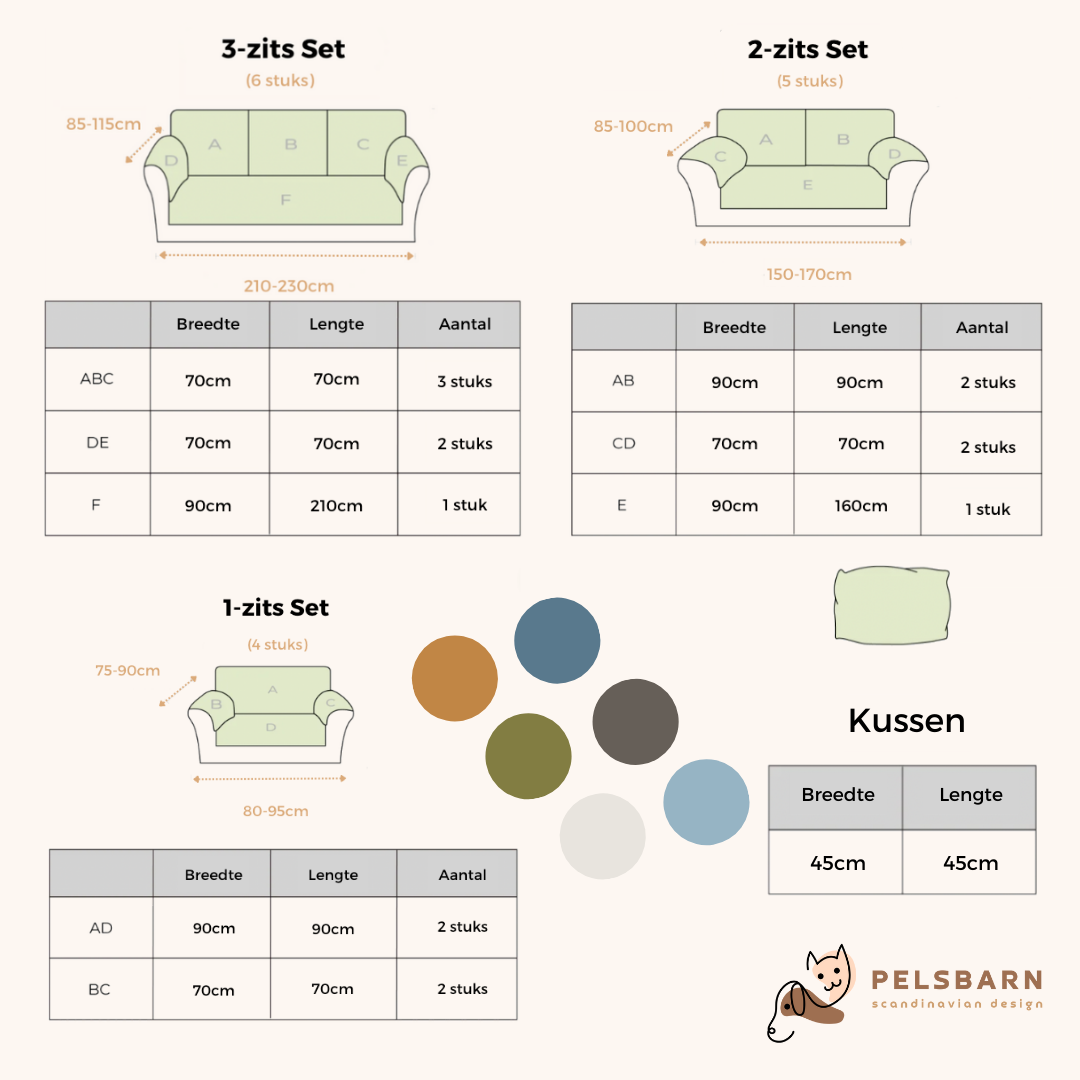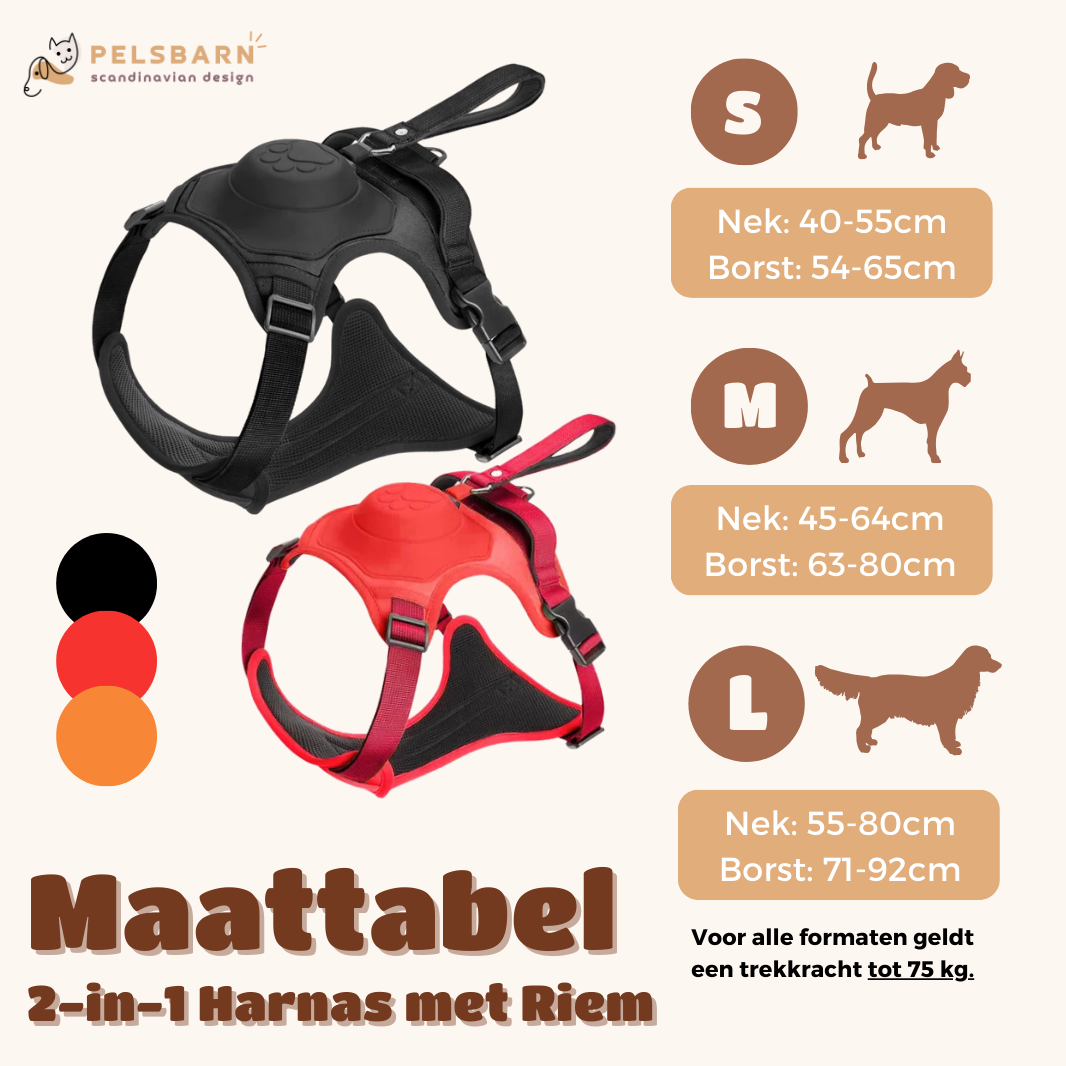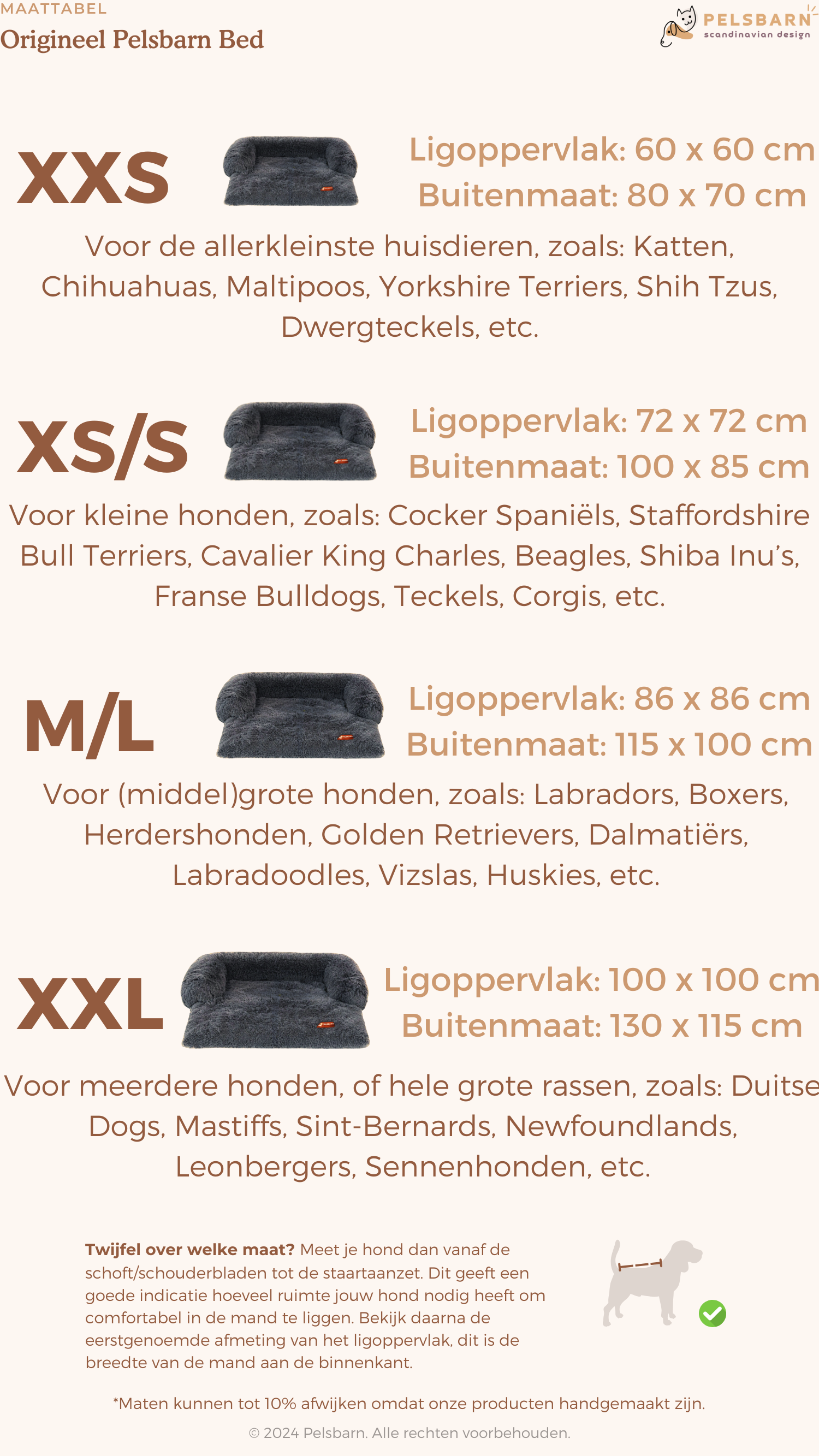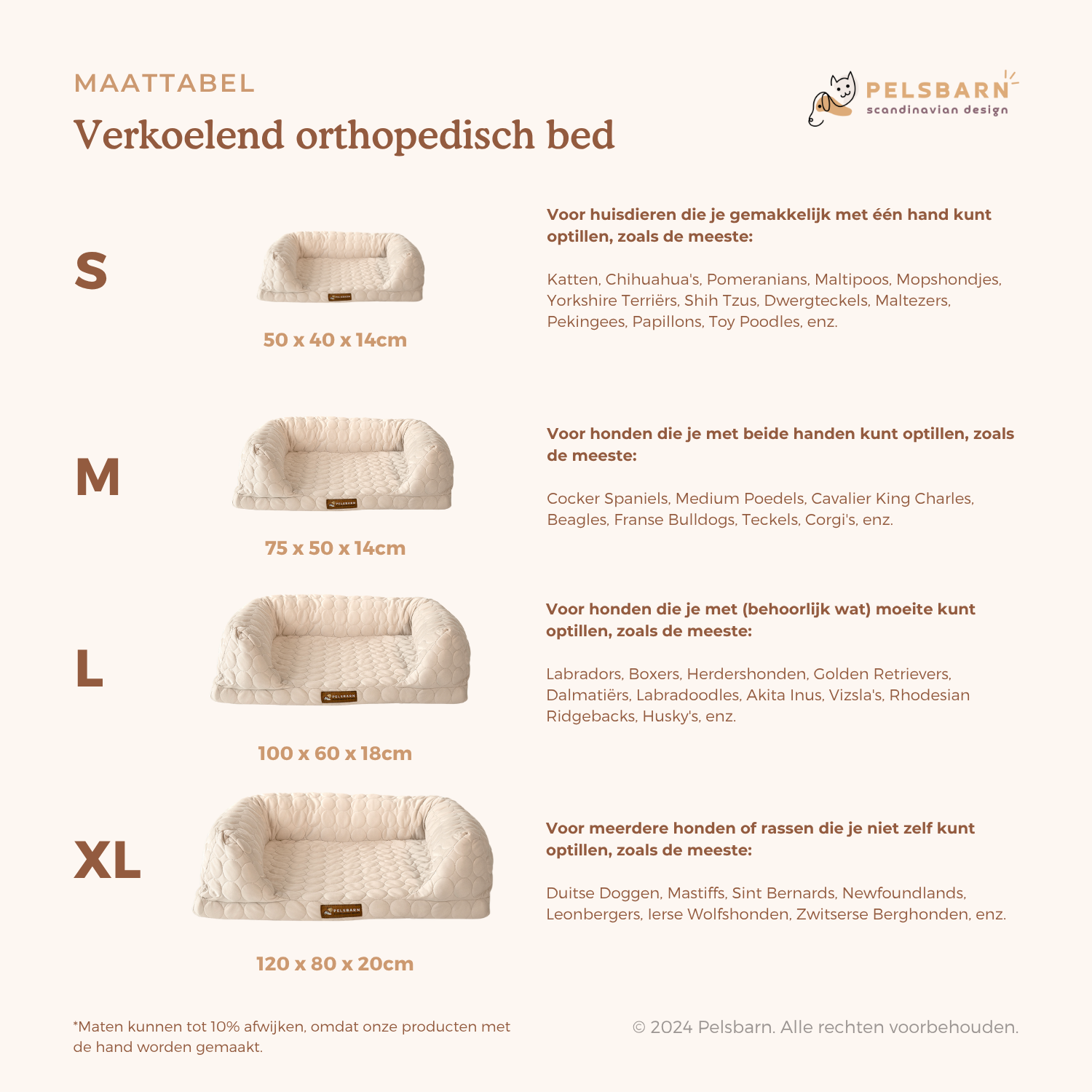As a good owner you try to train your dog as well as possible. Just the fact that you're doing this is a good sign. Just make sure that you do the training as effectively and efficiently as possible. There are many small mistakes in training that seem insignificant but you'd be surprised how big the impact is. At Pelsbarn we like to look at how we can help you to get a better bond with your sweet four-legged friend.
Here are the most common mistakes when training your dog. Are you guilty of any of these mistakes?
1. Waiting Too Long To Exercise
Start training your dog right away. This starts from the moment you come home with your puppy or shelter dog. It doesn't matter what age your dog is. It's important that you don't wait for your dog to get older or develop bad habits. Training a dog is not the same as training behavior. In dog training, the goal is to shape your dog's behavior and teach your dog how to respond to specific phrases.
Young puppies may not be able to learn more advanced actions right away, but you should start working with home training and basic commands. Over time, you will create a deeper bond with your dog. He will mature and get used to the routine of training. At this point, you can try fun things like agility training.

2. Not Exercising Enough
Training your dog is not something you just stop when you're done with it. You get the best results if you train the dog regularly. Try to choose one part you want to train and work on it two to three times during the week. In this case, each session should last 5 to 10 minutes. Look for fun new things for your dog to practice every time, but sometimes also repeat the older exercises that your dog can already do.
A dog is never really done training. Ideally, your dog will always continue to train. An additional advantage is that your dog also likes it very much and that the bond between you two will improve.
3. The “One-Size-Fit-All” Approach
Different dogs require different training methods. Reading a book is a good start but never the whole work. Try to get as much information as possible from different sources.
Read blogs, buy not one but a few books and talk to that friend who knows so much about dogs. Often a dog will respond better to one method than the other. For this reason it is therefore useful to have as much information as possible and to develop the best approach from this. Don't give up easily, but don't be afraid to change things if something doesn't work. Of course a good puppy course is a good start.

































